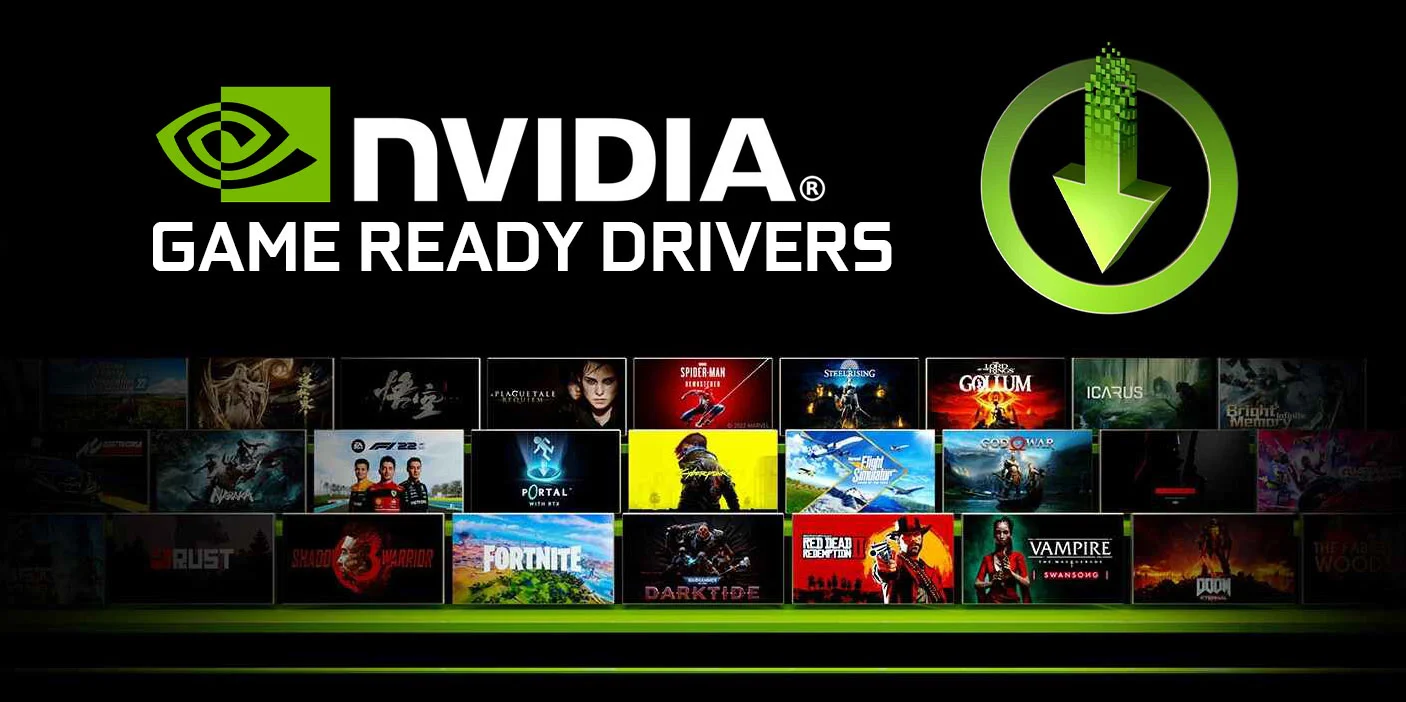If you own an Nvidia graphics card, you're likely familiar with the frequent driver updates labeled as "Game Ready." The premise behind these updates is that, in addition to general improvements, they are optimized for specific new games, often released close to or on the game's launch day. However, the reality might not align with the expectations.
A Historical Perspective
The belief that driver updates can significantly boost gaming performance traces back to the days of the Nvidia Riva TNT, circa 1998. The Detonator driver for Riva TNT garnered attention for its notable performance improvements, creating a lasting expectation that drivers could be a silver bullet for performance issues.
The Modern Reality
Contrary to popular belief, downloading the latest Nvidia driver, especially the Game Ready ones, might not provide a substantial performance boost, with a few exceptions. The reason behind this lies in the close collaboration between game developers and Nvidia during the game's development.
Developers work closely with Nvidia, sometimes receiving pre-release drivers on Mondays. There's a back-and-forth communication to optimize the game's performance on Nvidia hardware, making it perform adequately even without the specific Game Ready driver.
With Nvidia holding over 80% of the discrete GPU market, it maintains strong connections with major game studios. Although Nvidia can't test every hardware configuration, they have an extensive testing process involving over 4500 combinations dating back to 2012.
The Myth of Massive Performance Boosts
The misconception of expecting significant performance jumps with each new driver release stems from the history of driver optimizations. Unlike the past, where certain drivers brought substantial improvements, today's drivers focus more on stability than squeezing every possible frame per second.
Game Ready drivers aim to ensure stability across Nvidia's product stack. For instance, if a feature causes issues on certain GPU models, it might be disabled for the entire architecture, avoiding the need for per-card testing for subsequent releases.
Nvidia's Leverage and Challenges
Nvidia's extensive control over various aspects, including DLSS, AI features, and CUDA cores, makes driver development complex. Game Ready drivers need to support a massive number of games, contributing to the increasing size of modern GPU drivers.
Despite meticulous testing, issues can still arise, leading to occasional problems. To address stability concerns, Nvidia also offers Studio drivers, prioritizing content creators over frequent updates.
AMD's Approach and Industry Dynamics
The slower release cadence of AMD's WHQL certified Radeon drivers is another approach. While it can mitigate certain issues, both AMD and Nvidia have faced driver-related challenges. The industry's shift towards the DirectX12 API places more responsibility on game developers, impacting the dynamics of driver development.
In conclusion, while the myth of game-changing driver updates persists, the reality is more nuanced. Game Ready drivers aim for stability and compatibility, with occasional optimizations for specific games. As the industry evolves, the role of GPU companies in ensuring smooth gaming experiences is changing, making the collaboration between developers and hardware manufacturers increasingly crucial.


No comments yet